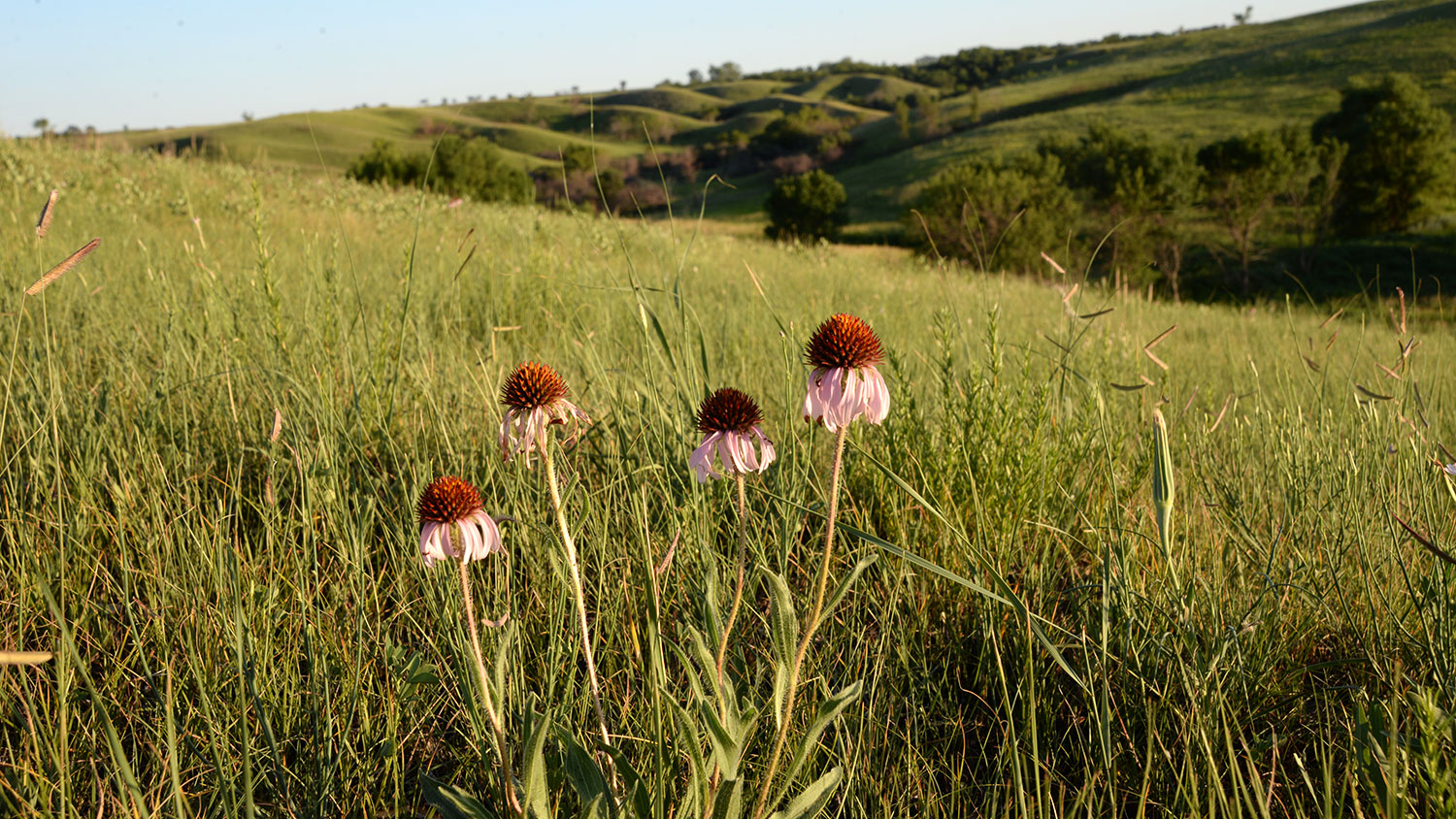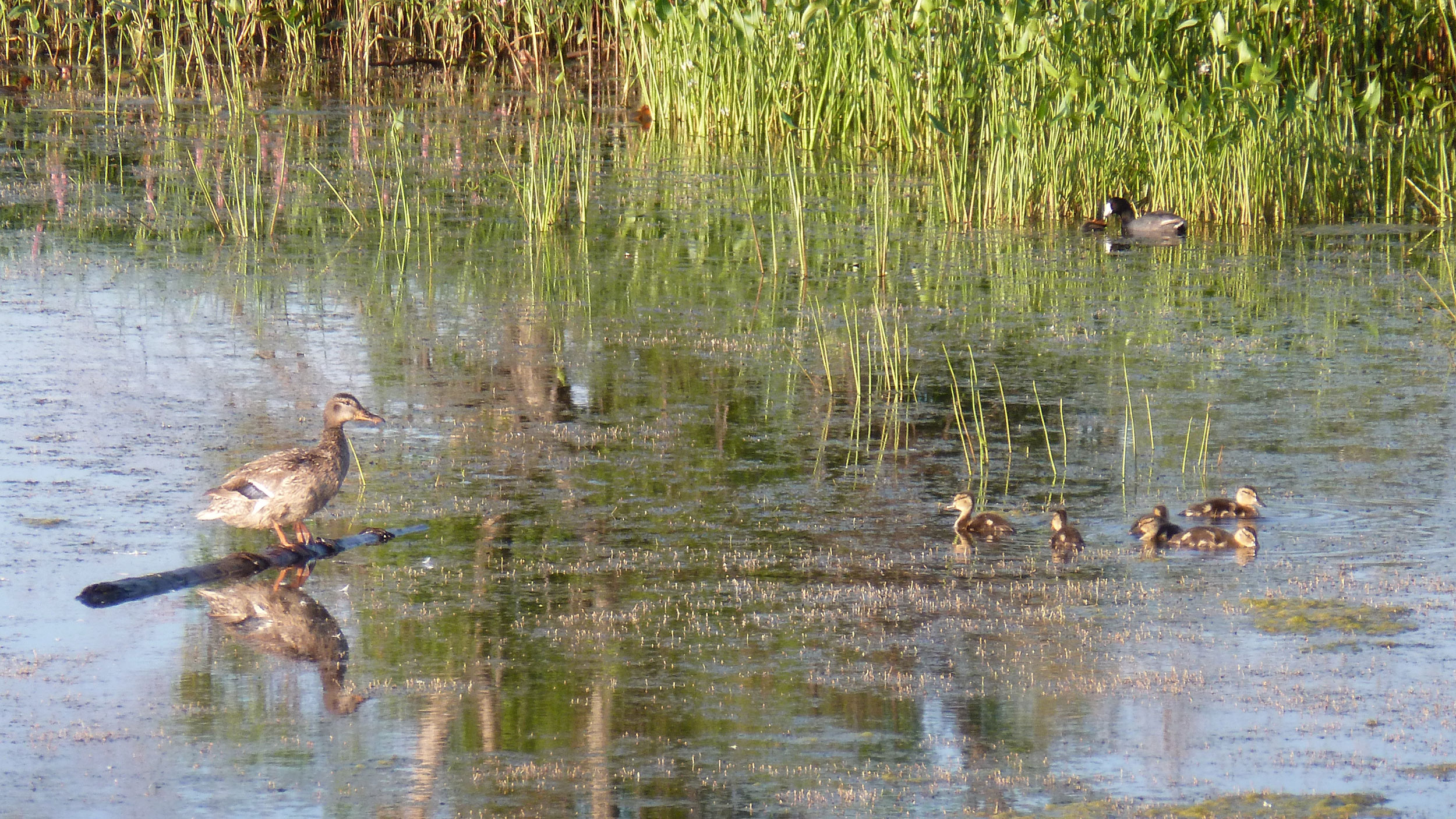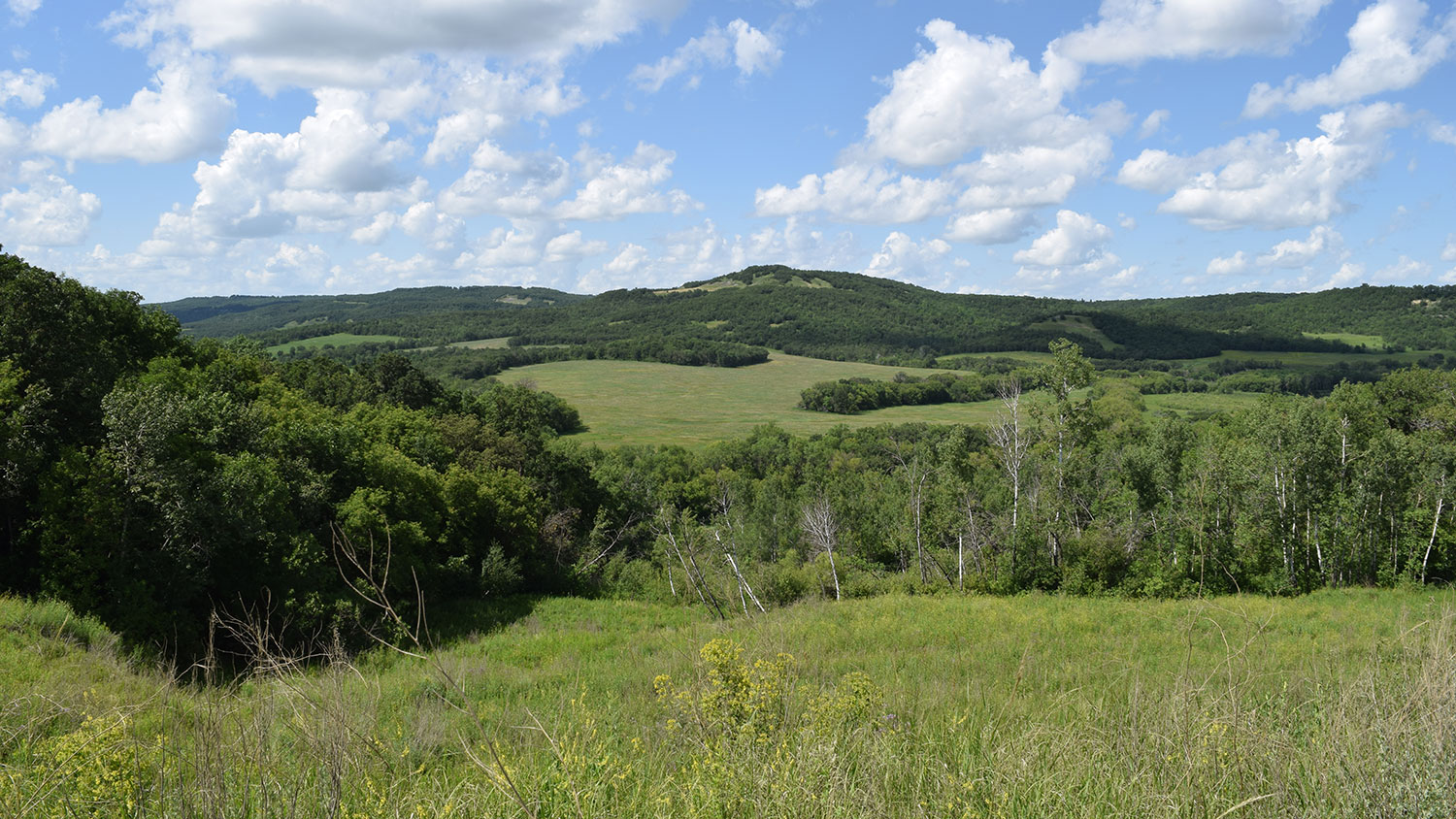The Hunt Starts with Habitat
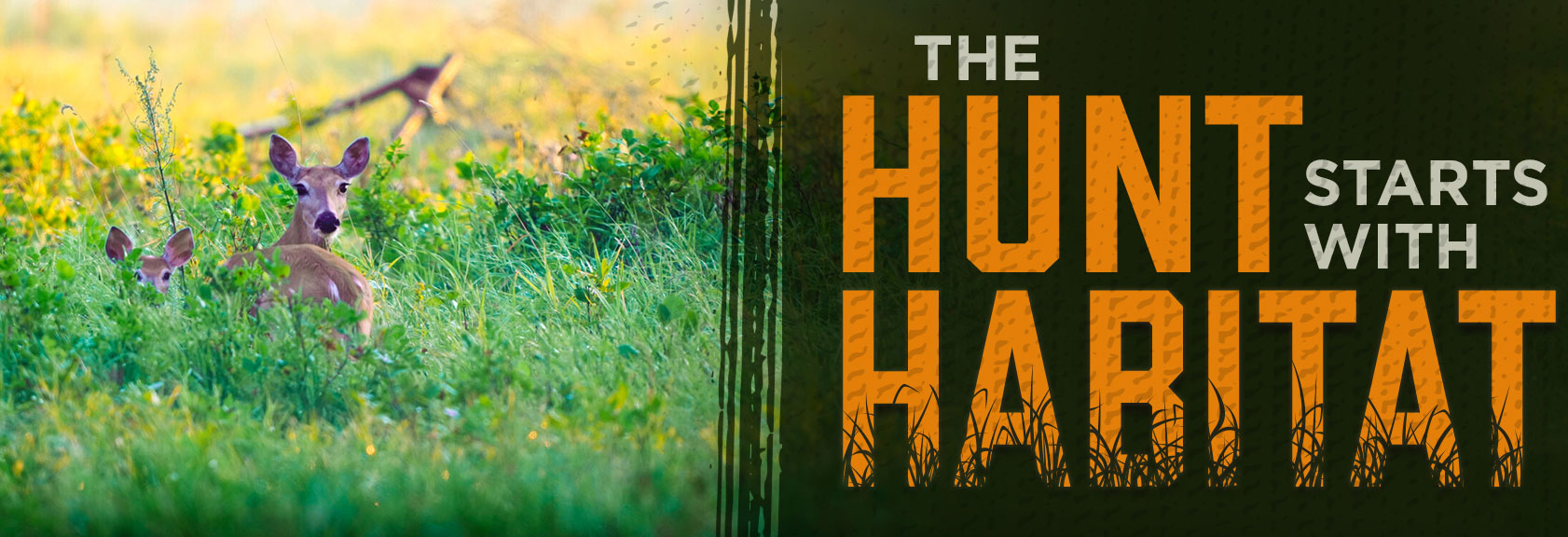
North Dakota Habitats
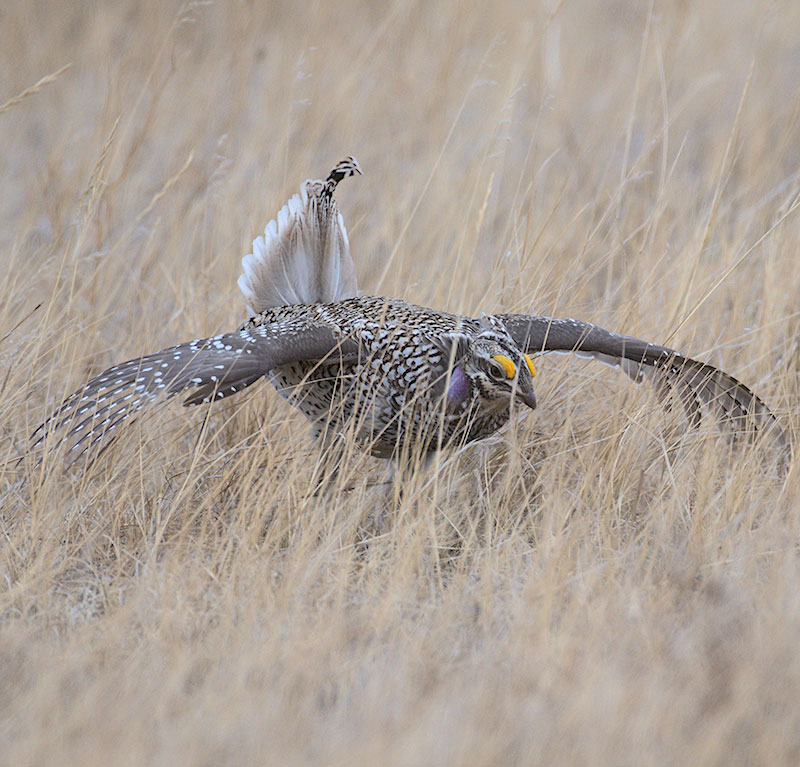
Healthy grasslands have
- -- Color --
- -- Movement --
- -- Noise --
In the past 50 years it is estimated that three billion birds have been lost. "Birds across the U.S. show downward trends in every habitat except in wetlands, where comebacks of waterfowl show the power of funding and policy investments. Conservation works when we give birds and nature a chance." - State of the Birds, The U.S. Committee of the North American Bird Conservation Initiative
Make a Difference
Everyone can make a positive difference for North Dakota's wildlife.
- Support your favorite conservation organization
- Plant a native flower garden for pollinators
- Clean up litter
- Participate in the legislative process
- Support landowner assistance programs
- Buy a hunting license - your purchase of a hunting license helps support habitat development and hunting access
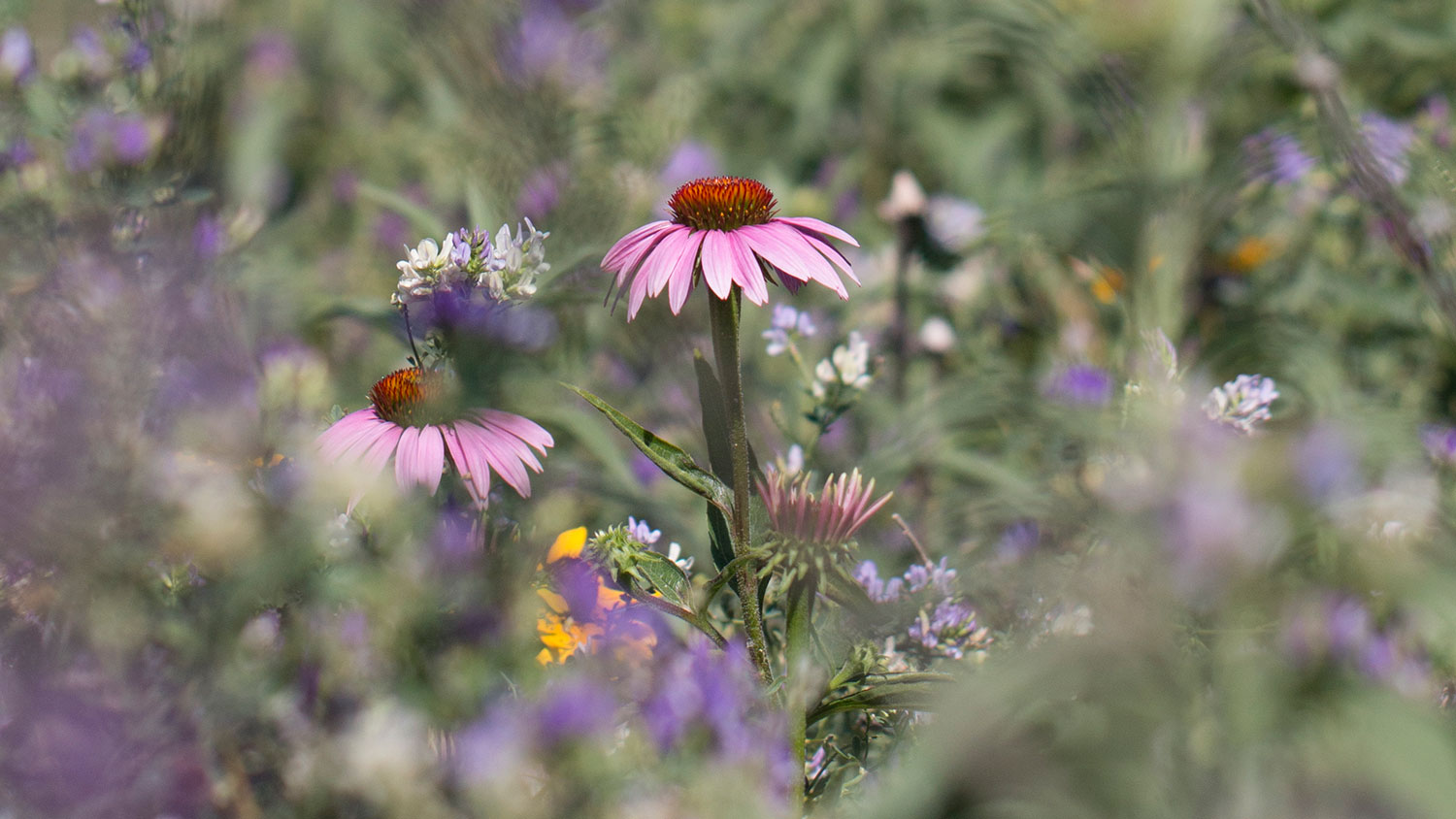
Gardening for Pollinators
Whether you have hundreds of acres of land or just have a couple of planters on your deck, you can help wildlife
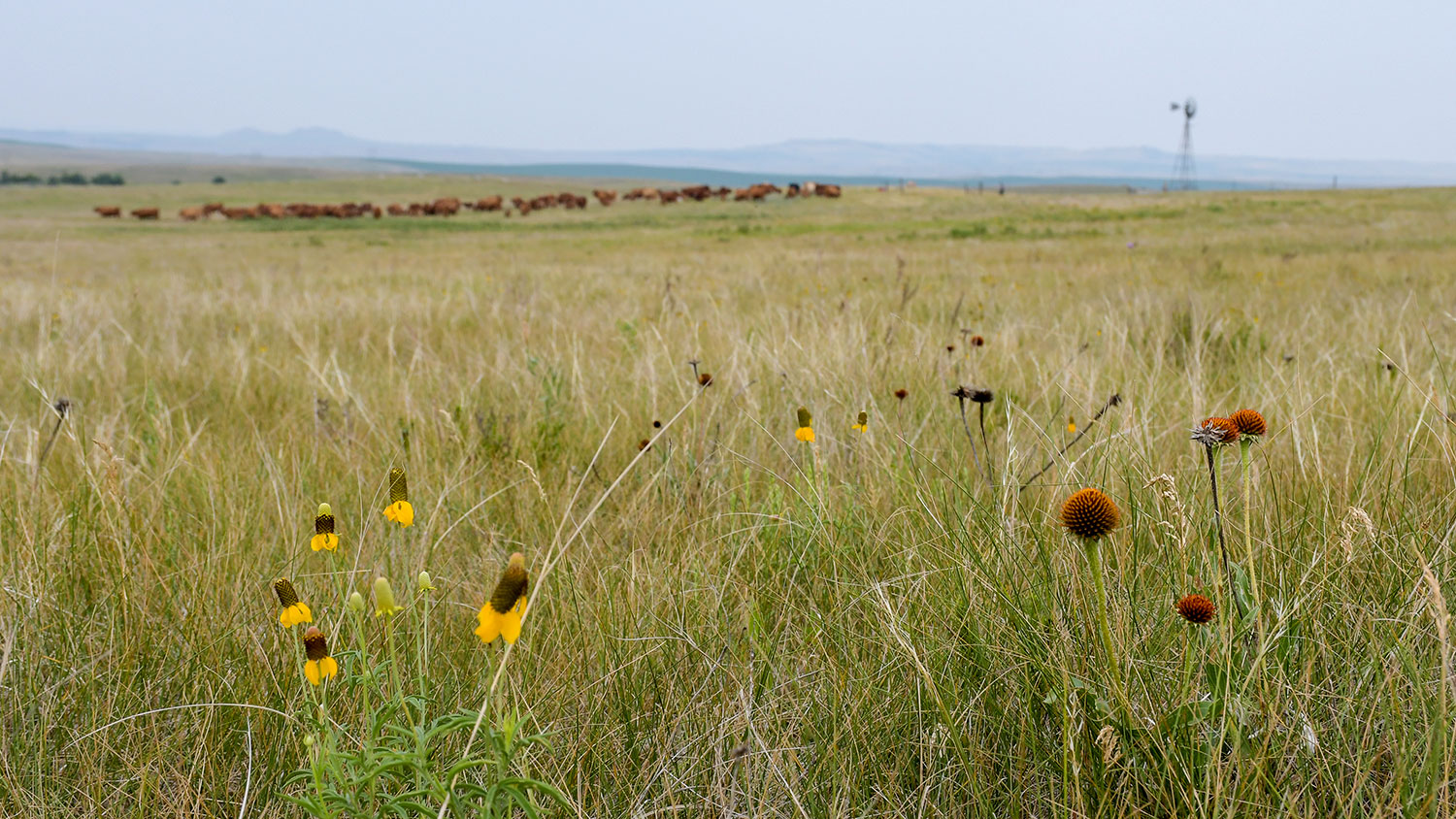
Habitat Management
Guides that provide advice on managing different types of North Dakota habitats for fish and wildlife
North Dakota Habitats 101
Interested in learning more about North Dakota's habitats? Check out some of these resources.

